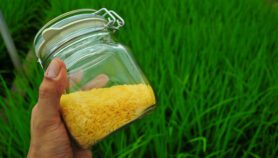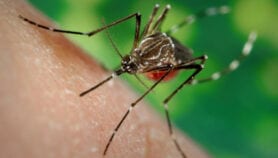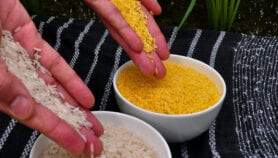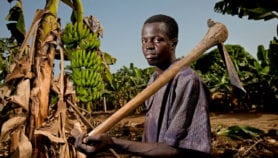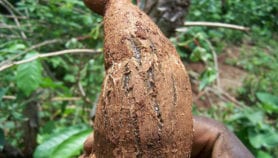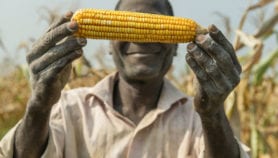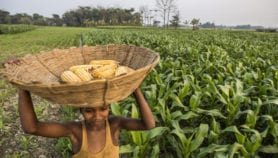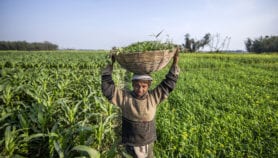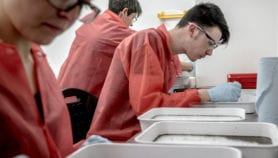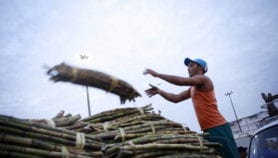By: Kimani Chege
Send to a friend
The details you provide on this page will not be used to send unsolicited email, and will not be sold to a 3rd party. See privacy policy.
[NAIROBI] Kenya has stepped to the forefront of African agricultural biotechnology with the inauguration of a ‘level II biosafety greenhouse’ that will allow containment of genetically modified (GM) crops at the experimental stage.
Kenya is only the second sub-Saharan country to possess such a facility — the other being in South Africa.
The greenhouse will allow Kenyan scientists to conduct GM experiments that conform to international biosafety standards. And researchers from elsewhere in the region will also be able to develop research projects within the facility.
Officially opening the facility, Kenya’s president Mwai Kibaki endorsed the use of genetically modified crops to increase yields, but warned that guidelines were necessary.
“We have to move quickly and embrace biotechnology in our farming,” said Kibaki, who stressed the financial impacts of crop pests and disease in Kenya. “With judicious application of biotechnology, it is possible to save this country from incurring these losses.”
The greenhouse was developed jointly by the Kenya Agricultural Research Institute (KARI) and the International Center for Maize and Wheat Research (CIMMYT), which also trained scientists to manage the facility at its centre in Mexico.
The director general of CIMMYT, Masa Iwanaga, says the opening of the greenhouse in Kenya will open up a stream of new opportunities both in research and agricultural progress.
“With this greenhouse opening, and the training of competent staff to manage it, Kenya and KARI have positioned themselves to be leaders in sub-Saharan Africa in the use of biotechnology to meet the rapidly growing need to increase food production”, says Iwanaga.
The greenhouse was built as part of the Insect Resistant Maize For Africa project. This aims to develop a maize variety resistant to the stem borer, an insect that causes massive crop losses in Africa. It cost US$11.5 million and was funded by the Kenyan government and Switzerland-based Syngenta Foundation.



